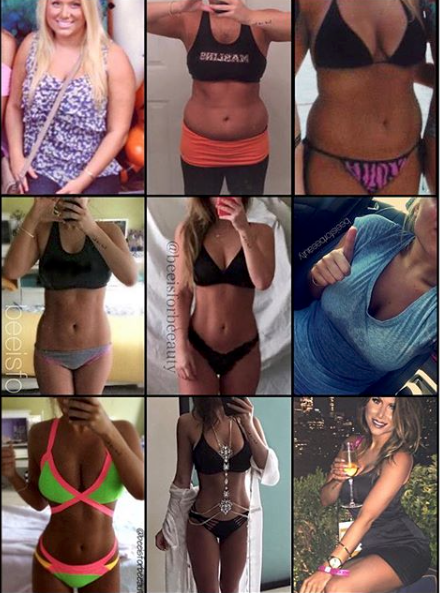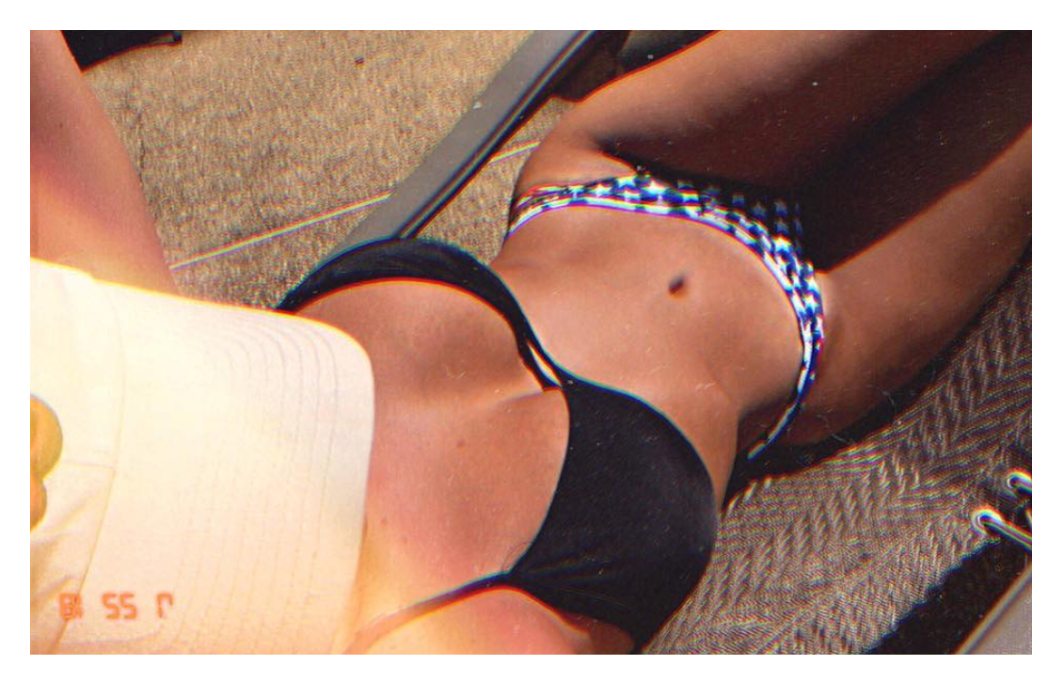Let me give you the dummies 101 version,
as a little kick start to your new lifestyle:
1 . Labels, advertising and presentation, can be very deceiving.
- For Example, some items come packaged as a pair, however the serving size suggests only 1 per serving. Ex: Poptarts. Of course imma eat both, because now they are both open! – like, wtf, y’all just be setting me up!! lol — Or a box/bag of something could actually be 2, 3 or even 4 servings …even though its all together in the same packaging. This doesn’t always mean it is meant for 1.
- A lot of brands try to look healthier than they really are…. by using images or wordage to trick you. You should still always read what the food is made out of. The nutritional facts. Example: cereal, yogurt, smoothies — these may represent themselves as healthy, or “light”, but they typically have a TON of carbs and/or sugars hidden… So double check!! 😉 Also note: labels that advertise as “low-fat” can still have much more sugar / carbs than you think/need.
2 . There are many ways to say something on a label…. FOR EXAMPLE: “SUGAR.“

Monosaccharides:
- Glucose: Glucose is the main sugar found in blood and one of your body’s major fuels. In fact, the term “blood sugar” is often used interchangeably with “blood glucose.”
Food sources: fruit and fruit juice (especially bananas, oranges, grapes, and dates), beets, carrots, honey.
- Fructose: Fructose is sometimes referred to as “fruit sugar” because it’s found in many fruits. Unlike glucose, your body can’t use fructose directly for energy.
Food sources: fruit and fruit juice (especially mangoes, cherries, pears, and watermelon), asparagus, artichokes, sugar snap peas, honey, agave nectar.
Disaccharides:
- Sucrose: Sucrose contains one glucose molecule and one fructose molecule linked together. It is too large for your body to absorb. Sucrose is broken down into glucose and fructose, which are absorbed separately into your bloodstream.
Food sources: fruits, table sugar, molasses, coconut sugar, honey, maple syrup, and any foods or beverages that contain added sucrose.
- Lactose: Lactose contains one molecule of glucose and one molecule of galactose, (another monosaccharide.) It is the main sugar found in dairy foods. Lactose is broken down into its monosaccharide components so that they can be absorbed into your bloodstream.
Food sources: milk, buttermilk, yogurt, ricotta cheese, cottage cheese, sour cream, whey.
- Maltose: Maltose contains two glucose molecules linked together. It results from the breakdown of starch (a long chain of glucose molecules) It’s increasingly being used in place of high-fructose corn syrup in processed foods. Because your body breaks down maltose into two glucose molecules which are absorbed directly into your bloodstream, consuming starchy foods and beverages can raise blood sugar even though they don’t taste sweet.
Food sources: potatoes, sweet potatoes, corn, bread, pasta, beer, some breakfast cereals, processed foods.
^ I found this info super interesting and helpful while reading some labels along my journey — but i don’t want to bore you, so if you want to learn more on your own you can check out this site here: www.dietdoctor.com
But again, my point here is: KNOW what you are reading on a label, and know what you are putting into your body.

3. Smart swaps!
I have a ton of these in my back pocket for ya!! (they’re also known as substitutes, “this not that,” smart vs silly, etc – ) Ill do a full page of these, and display it all on a chart to better show you options — but Basically, whenever i want to cut out or down on fat/calories/sugar/carbs, i read a label, or ingredients and figure out …what would be similar, but healthier?! The same…..but different! 😉
*A FEW SIMPLE EXAMPLES IN THE MEANTIME:
- Use pumpkin puree or apple sauce, instead of oil.
- Use Greek yogurt, applesauce, Banana or avocado, instead of butter or mayonnaise.
- Use zoodles/zucchini noodles, instead of wheat/grain pasta.

